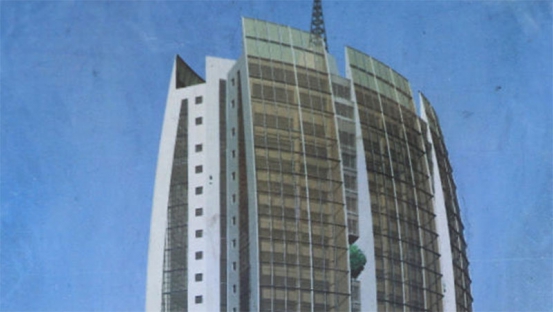×
The Standard e-Paper
Stay Informed, Even Offline

When David Mutiso in March officially opened the Architectural Association of Kenya’s (AAK) new offices at Blue Violets Plaza on Kindaruma Road, Nairobi, he donned his trademark bow tie and wore a big smile. At 84, Mutiso is one of the first African architects. He had been invited to open the new offices as part of the celebrations to mark the association’s Golden Jubilee.